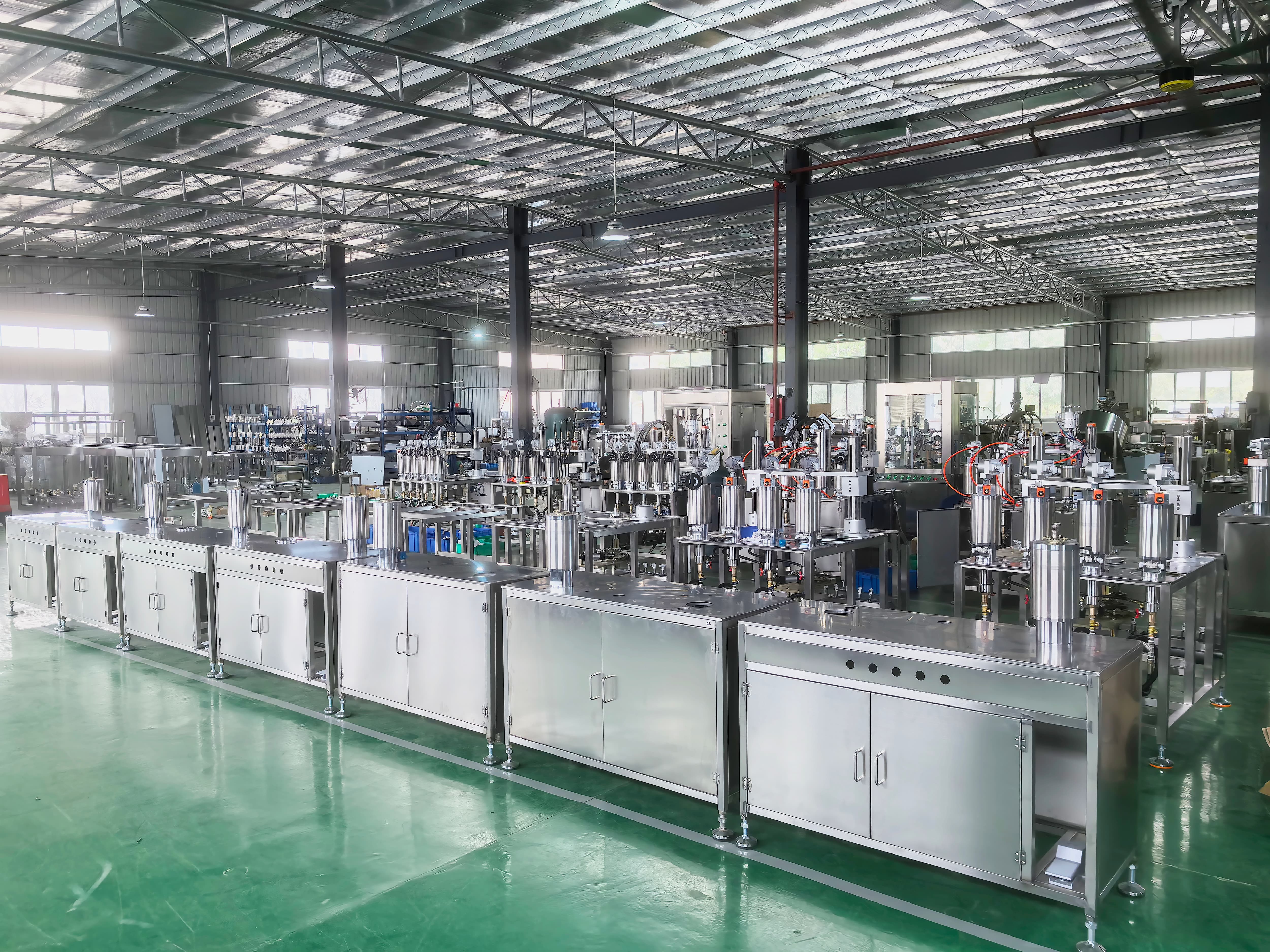
An automatic filling machine is far more than a simple piece of machinery; it represents a critical strategic investment in modern production lines, with its core value lying in completely resolving the inefficiencies and high costs associated with traditional manual filling. For enterprises pursuing growth and excellence, the significance of this technology manifests in several key areas. First, its ultra-high operating speed eliminates production bottlenecks entirely, transforming the packaging process from a production constraint into an efficiency driver. This frees up valuable human resources, allowing employees to focus on higher-value tasks like quality control. Second, financially, its millimeter-level precision drastically reduces product waste from overfilling, directly saving substantial costs. Simultaneously, its ability to “replace multiple workers with one machine” lowers long-term labor expenses, enabling rapid return on investment. More importantly, automatic filling machines deliver absolute consistency unmatched by human labor, ensuring identical fill volumes from the first to the ten-thousandth product. This not only forms the foundation for consumer trust but is also essential for meeting stringent regulatory requirements in pharmaceuticals, food, and cosmetics industries. Moreover, modern automatic filling machines feature high flexibility and scalability, effortlessly handling diverse materials from thin liquids to viscous pastes and granular powders. They support seamless upgrades from semi-automated to fully automated production lines, perfectly adapting to enterprises' needs at different stages of development. In summary, adopting automatic filling machines is a core decision impacting corporate profitability, brand reputation, and market competitiveness—a powerful engine driving future growth.
